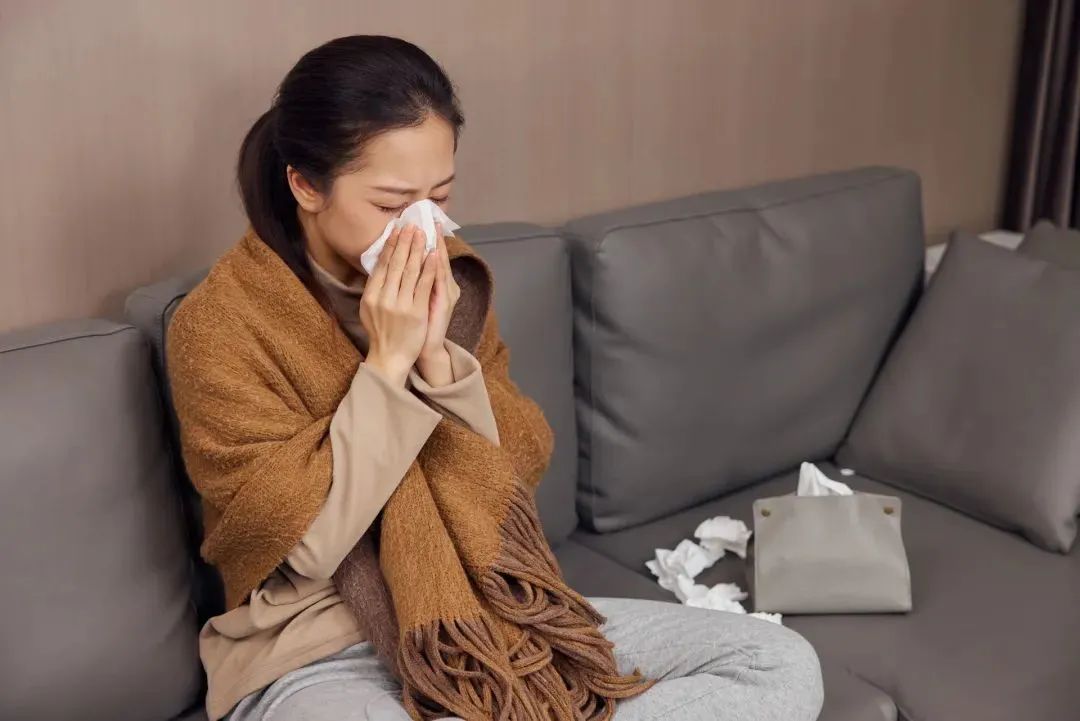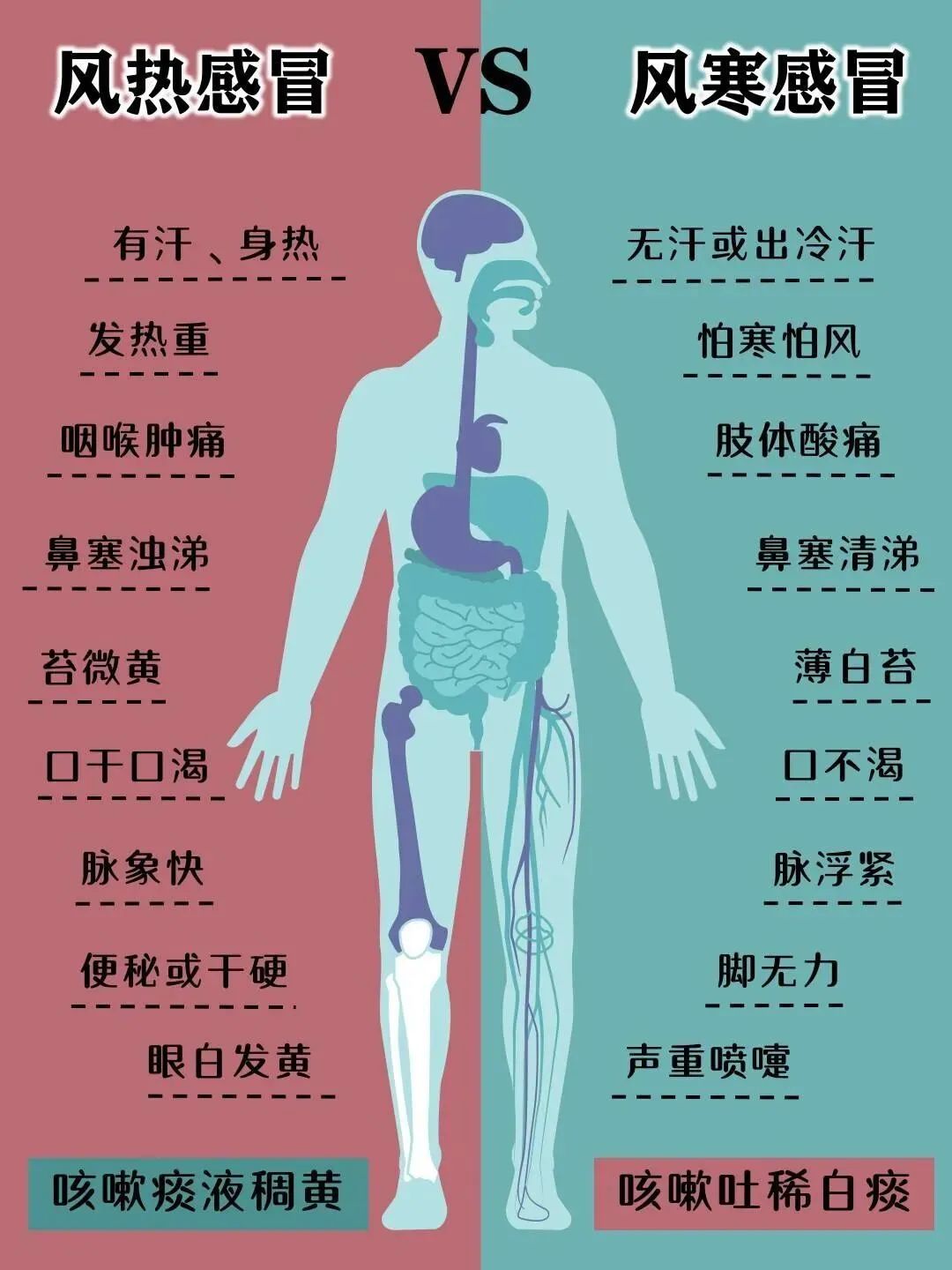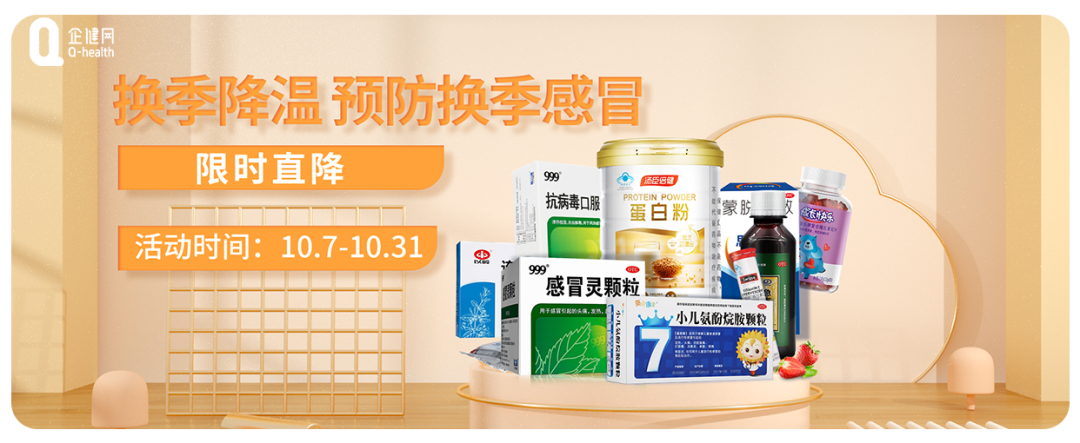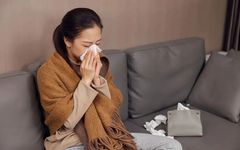Recently, if we were to summarize the weather in one sentence, it would be “it changes suddenly and without warning.” One day it is fine, and the next day there could be a drastic drop in temperature. Under such significant temperature differences, people with runny noses and sneezing can be seen everywhere on the streets. Many believe that a cold is a minor issue that does not require a hospital visit, and that buying some medicine from a pharmacy is sufficient. However, there are times when taking medicine does not improve the condition, and it may even worsen over time. The reason for this phenomenon is likely that you have confused the type of cold and have not treated it appropriately.
 A Chart of Cold Types
A Chart of Cold Types
Many people think that a cold or cough is a minor issue and are too lazy to go to the hospital, opting instead to buy some traditional Chinese medicine (TCM) from the pharmacy. However, colds can be classified into wind-cold and wind-heat, and it is essential to treat them according to their type; otherwise, it will only exacerbate the situation. How can one distinguish between wind-cold and wind-heat? The key points for differentiating between wind-cold syndrome and wind-heat syndrome are throat itching and throat pain. Generally, throat itching indicates wind-cold, while throat pain indicates wind-heat. However, one must also rule out coughs caused by dryness, as these coughs, whether due to warm dryness (wind-heat dryness) or cool dryness (wind-cold dryness), also present with throat itching symptoms.
 Treatment for Two Types of Colds
Treatment for Two Types of Colds
The treatment principles and medications for wind-cold and wind-heat differ significantly. Randomly taking medication without distinguishing between cold types not only wastes energy and money but can also worsen your condition. Wind-Cold Cold
-
Disperse wind, scatter cold, and promote lung function. Xiao Chai Hu Granules (小柴胡颗粒), Chuan Xiong Cha Tiao San (川芎茶调散), and Huo Xiang Zheng Qi Water (藿香正气水) are common TCM remedies for treating wind-cold colds. Taking hot baths, soaking feet, and acupoint massage can also assist in treatment.
-
Acupoint massage: Massage Feng Chi (风池) point (the depressions on both sides of the large muscle at the back of the neck) and Ying Xiang (迎香) point (the midpoint of the outer edge of the nostrils) until local warmth and a tingling sensation are felt.
-
Dietary considerations: During a wind-cold cold, it is advisable to consume warming foods such as ginger, scallions, and fermented soybeans, while avoiding sour foods like pickled vegetables, vinegar, hawthorn, and cold foods like melons and fruits.
② Two soup recipes to induce sweating and dispel cold:
-
Ginger Sugar Water: Boil ginger slices and scallion whites for 5 minutes, then add an appropriate amount of brown sugar.
-
Coriander and Scallion White Soup: Chop coriander, scallion whites, and a small amount of ginger, place them in a pot with an appropriate amount of water, and simmer for 10-15 minutes, then strain and drink the liquid.
Wind-Heat Cold
① Disperse wind, clear heat, and soothe the lungs. Yin Qiao San (银翘散), Sang Ju Yin (桑菊饮), Shuang Huang Lian Oral Liquid (双黄连口服液), and Ban Lan Gen Granules (板蓝根颗粒) are common TCM remedies for treating wind-heat colds. Patients with wind-heat colds should drink plenty of water and consume a light diet with cooling foods such as cabbage, white radish, pears, and oranges, while avoiding hot foods like scallions, ginger, garlic, chili, leeks, jujubes, and apricots.
② Two suitable dietary therapies for wind-heat colds:
-
Fritillaria and Codonopsis Steamed Snow Pear: Take one snow pear, peel and core it, fill it with an appropriate amount of fritillaria, codonopsis, mint, and rock sugar, place it in a bowl with water, and steam until cooked. Eat in the morning and evening for several days.
This recipe moistens dryness, stops cough, and transforms phlegm, especially suitable for the elderly and children with coughs, throat dryness, and constipation caused by wind-heat.
-
Sang Ju and Mint Drink: Use equal amounts of mulberry leaves, chrysanthemum, mint, and bamboo leaves, boil with water, and sweeten with honey to quickly relieve symptoms like fever and headache.
In summary, once you feel unwell, the first step is to clearly identify the type of cold you have, especially during special periods when distinguishing it from influenza is necessary. Before taking any medication, carefully read the instructions to understand the ingredients, indications, contraindications, dosage, and potential side effects. Generally, a common cold can self-resolve in about 7 days. If the cold lasts more than 7 days or even exceeds half a month without improvement, or if symptoms worsen, it is best to see a doctor promptly for treatment under medical guidance.


Share, like, and give a thumbs up; at least I want to have one!

